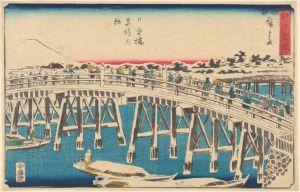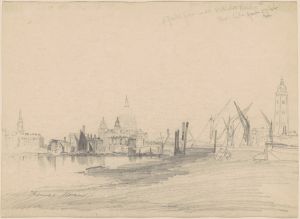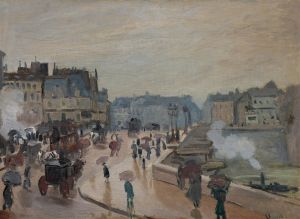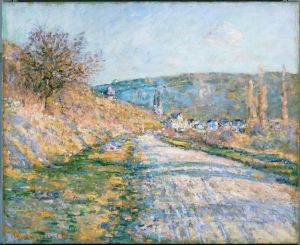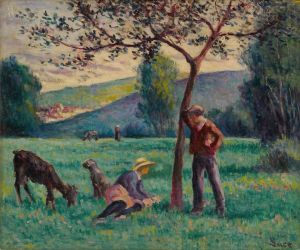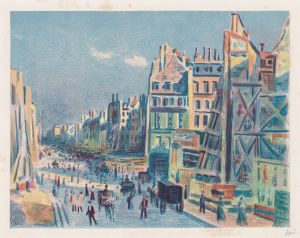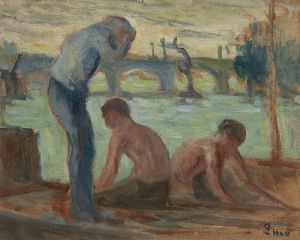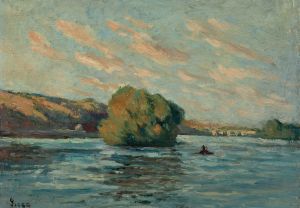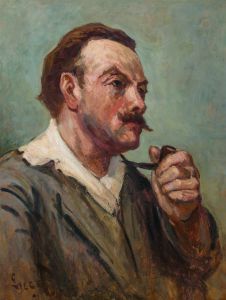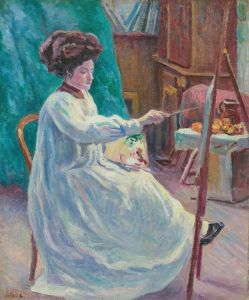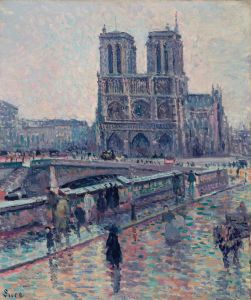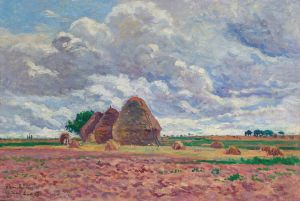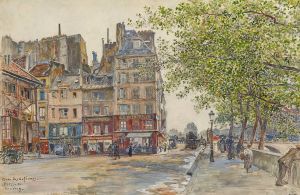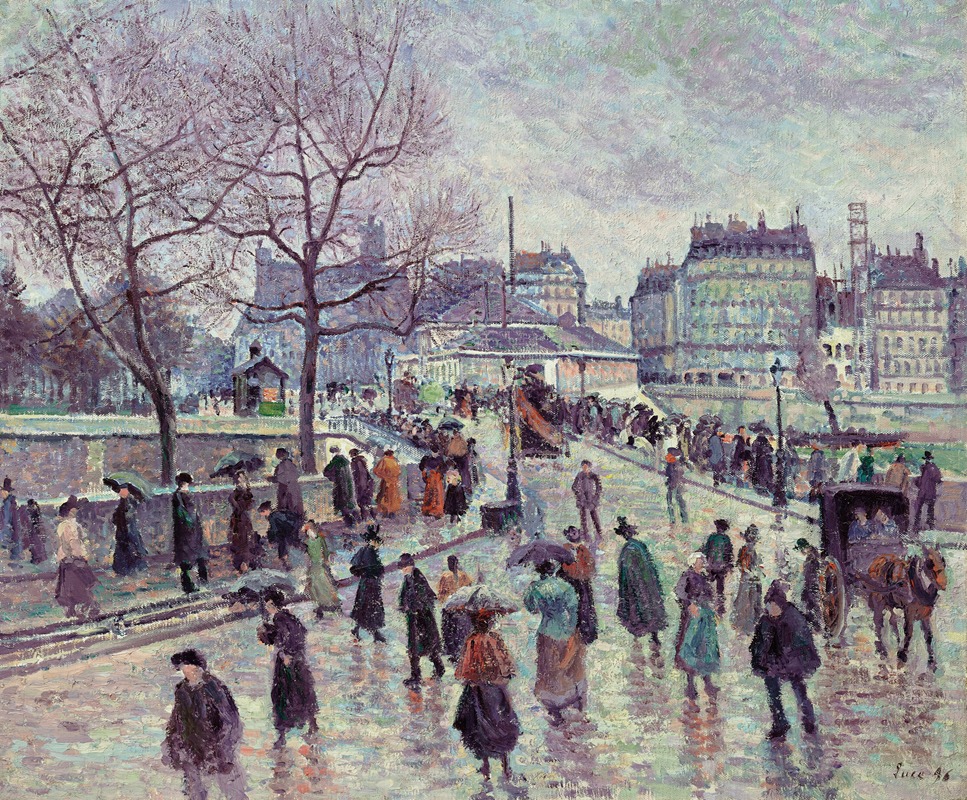
Paris, le Pont de l’Archevêché
A hand-painted replica of Maximilien Luce’s masterpiece Paris, le Pont de l’Archevêché, meticulously crafted by professional artists to capture the true essence of the original. Each piece is created with museum-quality canvas and rare mineral pigments, carefully painted by experienced artists with delicate brushstrokes and rich, layered colors to perfectly recreate the texture of the original artwork. Unlike machine-printed reproductions, this hand-painted version brings the painting to life, infused with the artist’s emotions and skill in every stroke. Whether for personal collection or home decoration, it instantly elevates the artistic atmosphere of any space.
Maximilien Luce, a prominent French Neo-Impressionist painter, created the artwork "Paris, le Pont de l’Archevêché" during a period when he was deeply engaged with the techniques of Pointillism and Divisionism. Born in 1858, Luce was initially trained as an engraver before turning to painting, where he became associated with the Neo-Impressionist movement, alongside artists such as Georges Seurat and Paul Signac. His works are characterized by their vibrant use of color and meticulous attention to light and atmosphere, hallmarks of the Neo-Impressionist style.
"Paris, le Pont de l’Archevêché" is a captivating depiction of one of Paris's iconic bridges, the Pont de l’Archevêché, which spans the Seine River. This bridge, completed in 1828, connects the Île de la Cité to the Left Bank of the Seine, and it is situated near the Notre-Dame Cathedral, offering picturesque views of the surrounding Parisian landscape. Luce's painting captures the essence of Parisian life and the serene beauty of the city's waterways.
In this artwork, Luce employs the Pointillist technique, a method of painting in which small, distinct dots of color are applied in patterns to form an image. This technique, pioneered by Seurat, was adopted by Luce to explore the effects of light and color interaction. The painting likely features a harmonious blend of blues, greens, and earthy tones, reflecting the natural and architectural elements of the scene. Luce's careful application of color would have been intended to evoke the shimmering effects of sunlight on the water and the atmospheric conditions of the city.
Luce's choice of subject matter reflects his interest in urban scenes and the everyday life of Parisians. The Pont de l’Archevêché, with its historical significance and central location, serves as a perfect subject for capturing the dynamic interplay between the city's architecture and its natural surroundings. The bridge itself, though not as famous as some of Paris's other crossings, holds a charm that Luce effectively conveys through his detailed and thoughtful composition.
Throughout his career, Luce remained committed to the ideals of the Neo-Impressionist movement, focusing on the scientific study of color and light. His works often convey a sense of tranquility and order, achieved through the disciplined application of the Pointillist technique. "Paris, le Pont de l’Archevêché" is a testament to Luce's skill in capturing the essence of a moment, using color and form to create a vivid and lasting impression of the Parisian landscape.
Maximilien Luce's contributions to the art world extend beyond his paintings; he was also known for his political activism and his involvement with anarchist movements. His art often reflects his social consciousness, depicting scenes of labor and the working class. However, in "Paris, le Pont de l’Archevêché," Luce focuses on the beauty and tranquility of the urban environment, offering viewers a glimpse into the serene side of Parisian life at the turn of the century.





